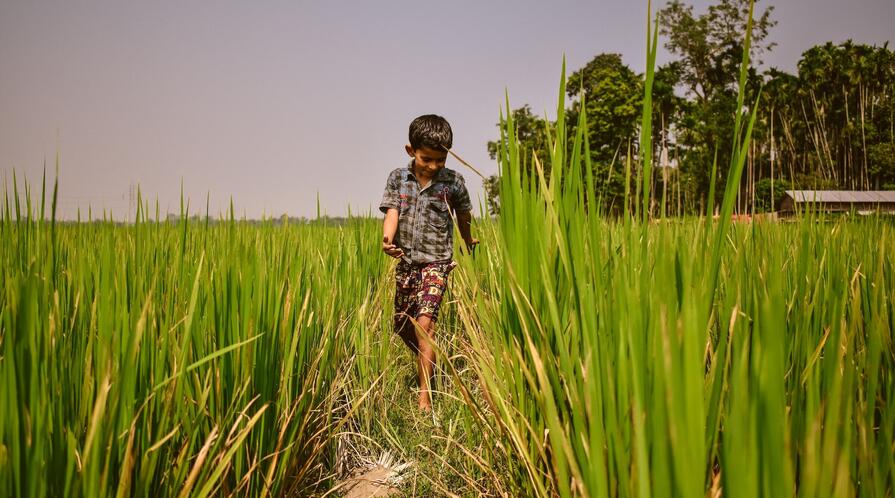Enriching farmland soil can help prevent childhood stunting
As per the research, the presence of zinc in soil could positively impact health and prevent childhood stunting.
 Representative Image / (Image: Krishna Kant/Unsplash)
Representative Image / (Image: Krishna Kant/Unsplash)
A large-scale Stanford University-led study was conducted in India to examine the association between children’s nutritional status or health outcomes and soil mineral availability in the country, and the results suggest that small interventions like enriching the agricultural soil positively impact health.
“Our results add to a growing body of literature suggesting that interventions like micronutrient-enriched fertilizers may have a positive effect on health,” said study lead author Claire Morton, an undergraduate in mathematics and computational science at Stanford University. “This doesn’t prove that those interventions would be cost-effective for India, but it’s an exciting indication that they are worth testing.”
In India, more than a third of children under five suffer from stunting and the study found a link between soil zinc and reduced childhood stunting. As per the research, “a one standard deviation increase in satisfactory soil zinc tests is associated with approximately 11 fewer children stunted per 1,000.”
The researchers analyzed health data from over 300,000 children and one million women across India; and over 27 million soil tests were drawn from a nationwide soil health program. The results suggested that the presence of zinc in the soil could prevent stunted childhood growth, and the presence of iron in the soil helps keep haemoglobin – oxygen-carrying protein in red blood cells – at healthy levels.
“We’re not saying that geography is destiny, but soils do seem to play a role in shaping child health,” said study senior author David Lobell, the Gloria and Richard Kushel Director of Stanford’s Center on Food Security and the Environment and professor of Earth system science in the Stanford Doerr School of Sustainability. “Even if this is only a small role, understanding it could help to identify better approaches to solving child stunting in India, which is one of the single biggest and longstanding challenges in global food security.”
Childhood stunting is likely to affect a child's kidneys, brain, and other vital organs, depending on the severity of the condition. Child stunting refers to a child too short for its age, resulting from chronic or recurrent malnutrition, as per the World Health Organization (WHO).
Stunting is a contributing risk factor for child mortality. Affected children more often than not fail to reach their physical and cognitive potential. A joint report by the UNICEF, WHO, and The World Bank titled ‘Joint Child Malnutrition Estimates’ (JME) released in 2023 revealed that stunting affected an estimated 22.3 per cent or 148 million children under 5 globally in 2022, and nearly all children lived in Asia (52 per cent of the share) and Africa (43 per cent of the share).
Blurb: As per the research, the presence of zinc in soil could positively impact health and prevent childhood stunting.





.jpg)
.jpg)
.png)
.png)

.png)

.png)
.jpg)

Comments
Start the conversation
Become a member of New India Abroad to start commenting.
Sign Up Now
Already have an account? Login